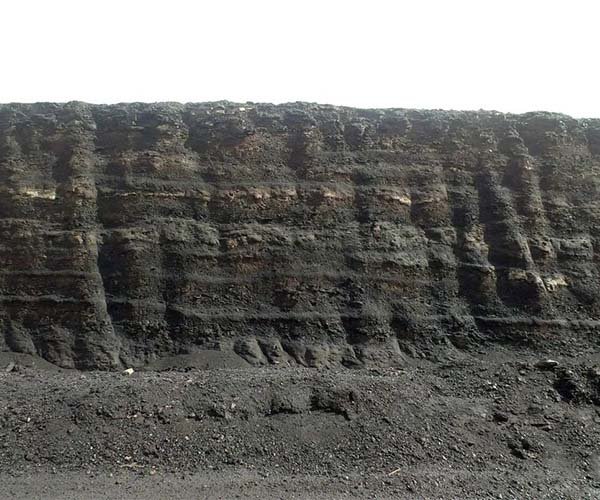Humic acid is an amorphous mixture of various high molecular substances, and its exact molecular structure is still not fully understood. It typically appears as a black or brown colloid and takes on a gel-like form with a shell-like fracture when dried. Its density ranges from 1.330 to 1.448 g/cm³, exhibiting a large specific surface area and a low viscosity similar to water in dilute solutions.
Here are some fundamental properties of humic acid:
1. Solubility
It can partially dissolve in acids, bases, salts, water, and some organic solvents. Common extracting agents include:
- Alkaline substances: KOH, NH₄OH, Na₂CO₃, Na₄P₂O₇
- Neutral salts: NaF, Na₂C₂O₄
- Weak acids: Oxalic acid, citric acid, benzoic acid
- Organic solvents: Ethanol, ketones, pyridine
- Mixed solutions: NaOH and Na₄P₂O₇
2. Colloidal Properties
It acts as a hydrophilic colloid:
- In low concentrations, it appears as a true solution without viscosity.
- In higher concentrations, it forms a colloidal solution.
- Adding acids or concentrated salts can lead to coagulation, with optimal pH between 3 and 4 for quick precipitation.
The colloidal properties of humic acid also determine that the solubility of humic acid solution will not be too high, generally between 20-40. If it is higher, it will appear in a paste state.
3. Acidity of Humic Acid
It possesses weak acidity due to the presence of carboxyl and phenolic hydroxyl groups:
- It can react quantitatively with carbonates and acetates.
- Buffer solutions containing humic acid can help regulate soil pH, supporting optimal crop growth.
4. Ion Exchange Capacity
Humic acid has a high ion exchange capacity:
- Functional groups can exchange H⁺ ions for Na⁺, K⁺, NH₄⁺, etc.
- Ion exchange capacity increases from 1.7 mmol/g at pH 4.5 to 5.9 mmol/g at pH 8.1.
- It can form complexes with metal ions like Al³⁺, Fe²⁺, Ca²⁺, Cu²⁺, and Cr³⁺.
5. Complexing Ability of Humic Acid
It has a notable ability to form complexes or chelates with various metal ions, including: Al³⁺ (Aluminum), Fe²⁺ (Iron), Ca²⁺ (Calcium), Cu²⁺ (Copper), Cr³⁺ (Chromium)
The primary functional groups responsible for this complexation are:
- Carboxyl Groups: These groups readily bind to metal ions, facilitating complex formation.
- Phenolic Hydroxyl Groups: These also play a significant role in interacting with metals.
- Additional Contributions: Carbonyl and amino groups may further enhance the complexing ability of humic acid.
This complexing capacity is crucial for improving nutrient availability and reducing metal toxicity in agricultural soils.
6. Physiological Activity
The physiological activity refers to its ability to enhance biological processes in organisms. In plants, this activity manifests as:
- Stimulation of Growth Metabolism: It promotes metabolic processes that drive plant growth.
- Improvement of Seed Quality: It enhances the overall quality of seeds produced by plants.
- Increased Stress Resistance: It helps plants better withstand environmental stresses.
These effects are influenced by the concentration and molecular weight of the humic acid, making its application conditions critical for optimal benefits.
Humic acid is a versatile compound with various beneficial properties. Its solubility in different media, colloidal nature, weak acidity, high ion exchange capacity, and physiological activity make it valuable in agriculture and environmental applications. Understanding these properties can help optimize its use in improving soil health and plant growth.


